Search The Collection
Filter By
Object Type / Material
Geographic Location
Date / Era
Department
Show Only:
- As part of the Met's Open Access policy, you can freely copy, modify and distribute this image, even for commercial purposes.APIPublic domain data for this object can also be accessed using the Met's Open Access API
Objects with changed or unknown ownership in continental Europe between 1933-1945. Learn more
Showing 413 results for German, possibly Solingen
Sort by:
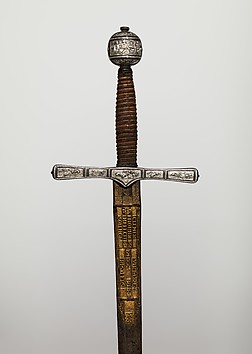
Clemens Horn
1600–1625
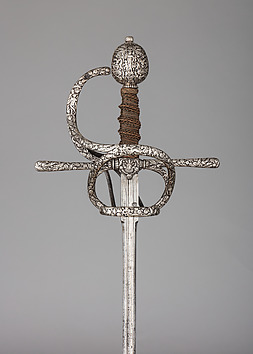
Meves Berns
ca. 1610–20
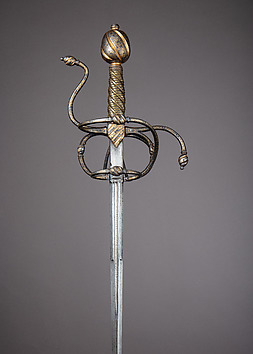
Clemens Wopper
ca. 1600–10
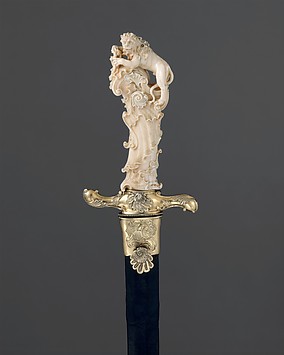
Joseph Deutschmann
ca. 1740
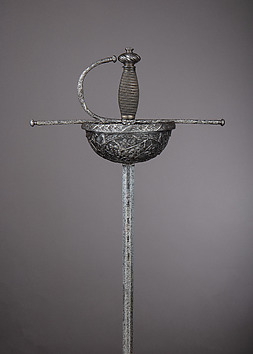
Carlo Piccinino
ca. 1650–75
s1d1.jpg)
hilt, Scottish; blade, German, Solingen
16th–17th century
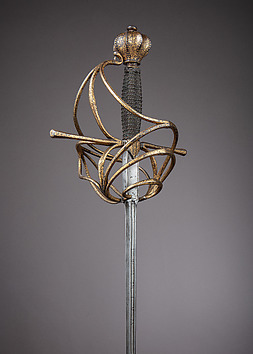
Peter Munsten
ca. 1620–30
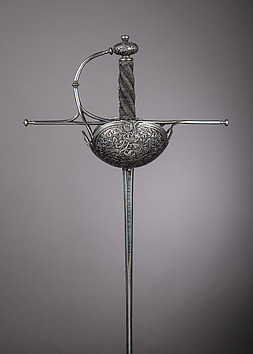
Johann Bongen
ca. 1650–75
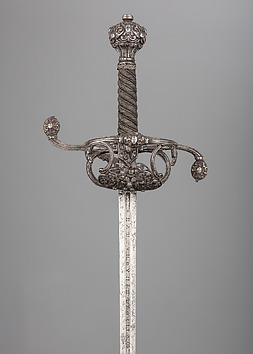
Johannes Moum
hilt, ca. 1630–40; blade, 17th century
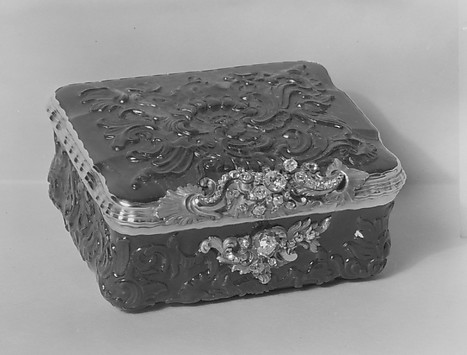
possibly German
ca. 1730–50
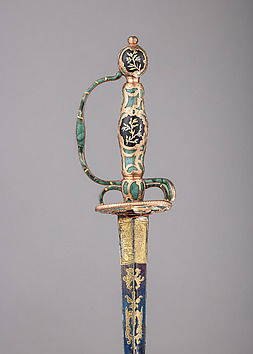
possibly German
ca. 1750–60
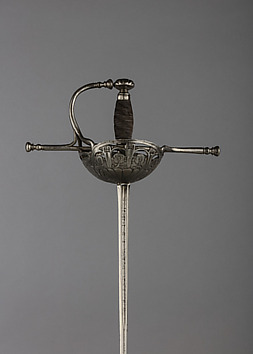
Peter Tesche
mid-17th century
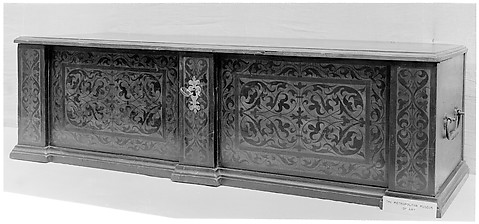
German, possibly Ulm
1588
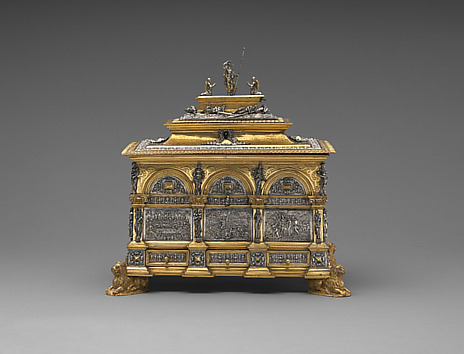
Wenzel Jamnitzer
late 16th–early 17th century
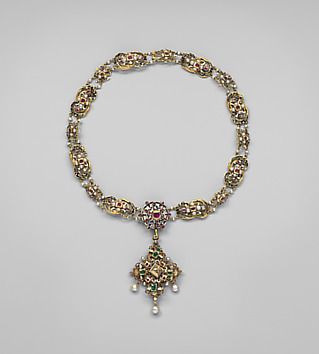
possibly Southern German
early 17th century
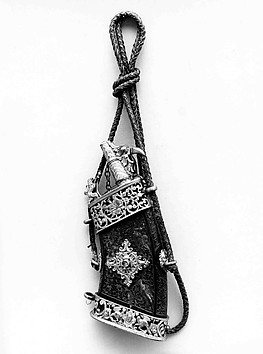
German, possibly Nuremberg
late 16th century
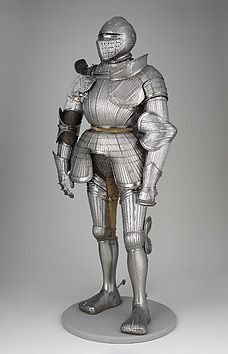
German, possibly Brunswick
ca. 1535
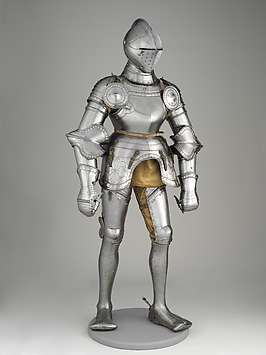
German, possibly Lower Saxony
ca. 1540–50 and later

German, possibly Brunswick
ca. 1535

German, possibly Lower Saxony
ca. 1540–50 and later
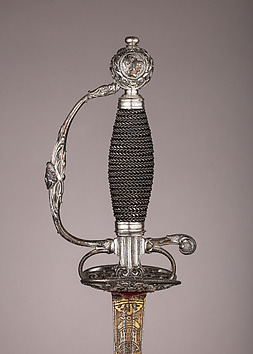
German, possibly Augsburg
ca. 1730
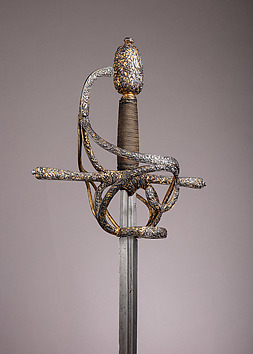
German, possibly Munich
ca. 1600–1620
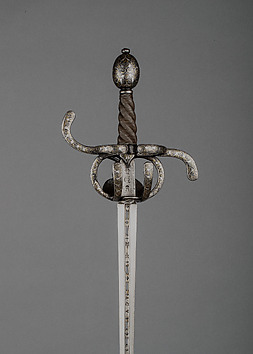
German, possibly Saxony
ca. 1600
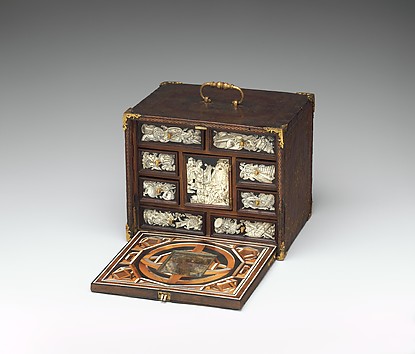
Bernard Salomon
ca. 1600
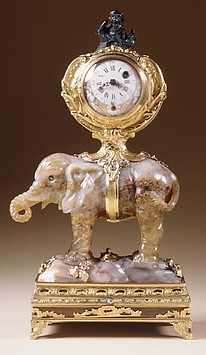
possibly German, Dresden
ca. 1750, watch dial a later 18th century replacement
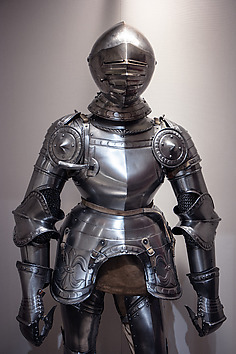
German, possibly Lower Saxony
helmet, ca. 1530; armor, ca. 1540–50 and later

Central European, possibly German
early 16th century; 14.25.1576g, probably 17th or 18th century
European, possibly German
probably 16th century
European, possibly German
probably 16th century
European, possibly German
probably 16th or 17th century
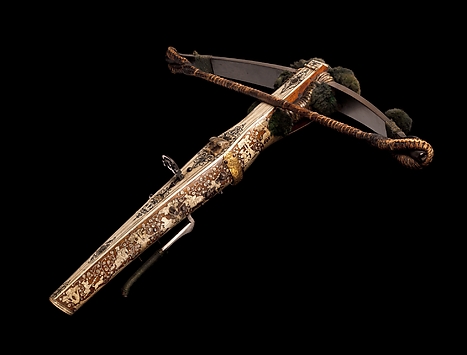
Johann Gottfried Hänisch the Elder
crossbow, ca. 1720–30; winder, ca. 1575–1600
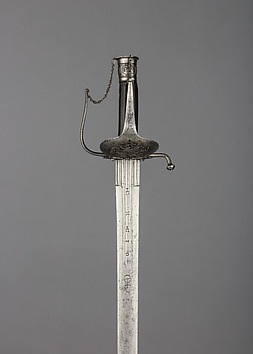
possibly Italian or Spanish; blade, possibly German, Solingen
ca. 1700
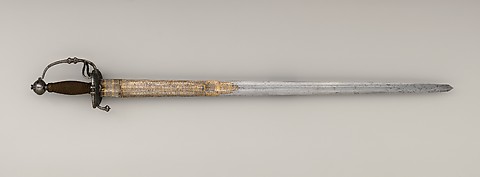
German, Solingen
dated 1612
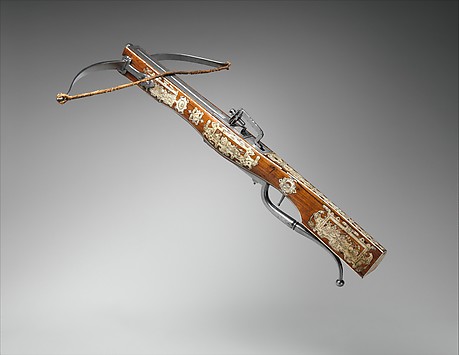
Jacob Floris
ca. 1570–1600
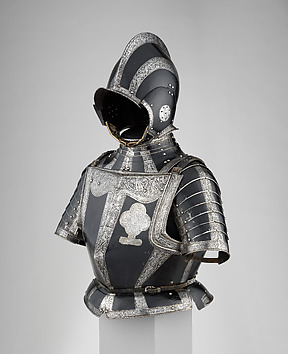
Northern German, possibly Brunswick-Wolfenbüttel
ca. 1560–65
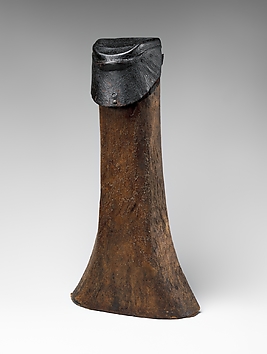
Western or Central European; quiver, possibly German
quiver, probably early 16th century; bolts, 14th–16th century
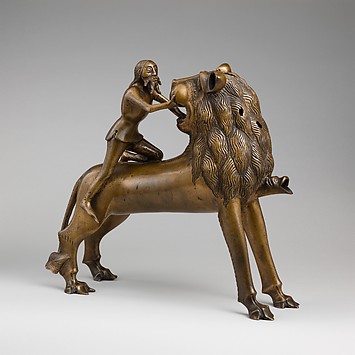
Northern European (?), possibly German
ca. 1380–1400
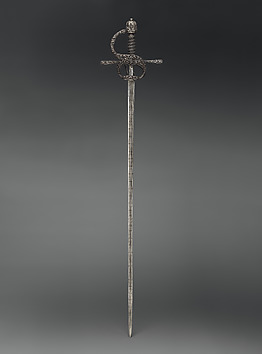
Pietro de Formicano
ca. 1610–20
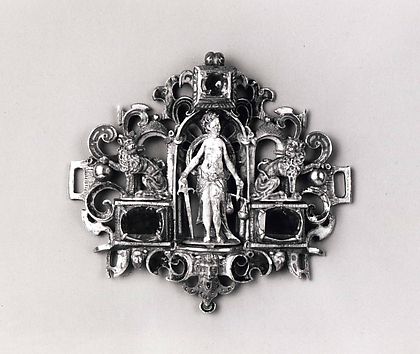
possibly German; probably French or German
late 16th century or second quarter 19th century
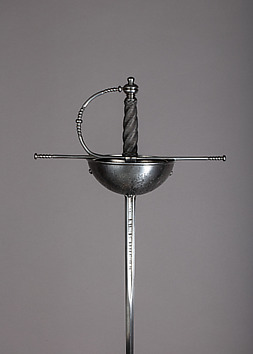
blade, German, Solingen; hilt, Spanish
17th century